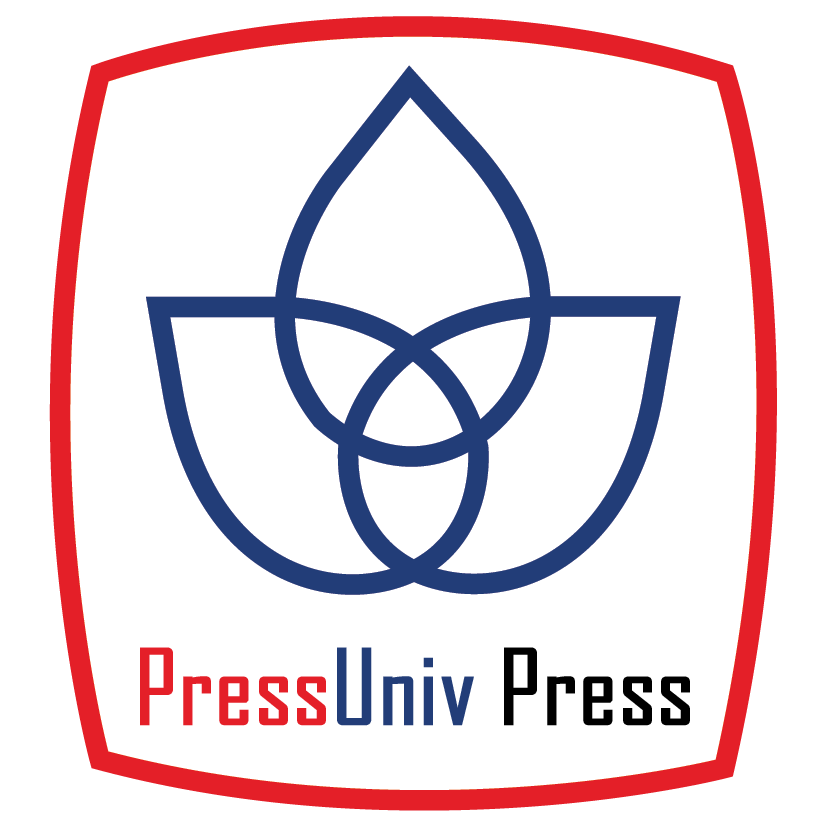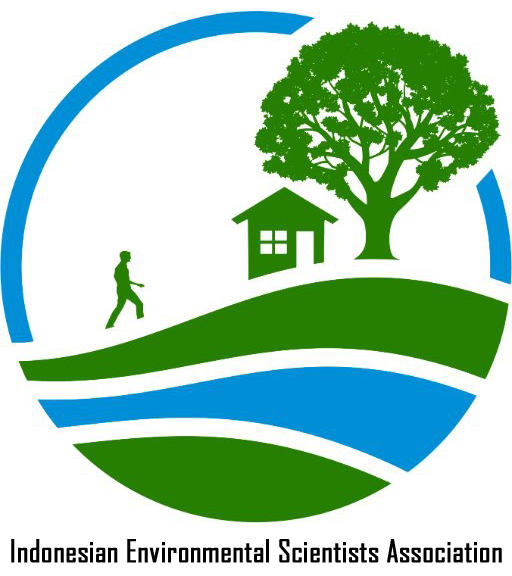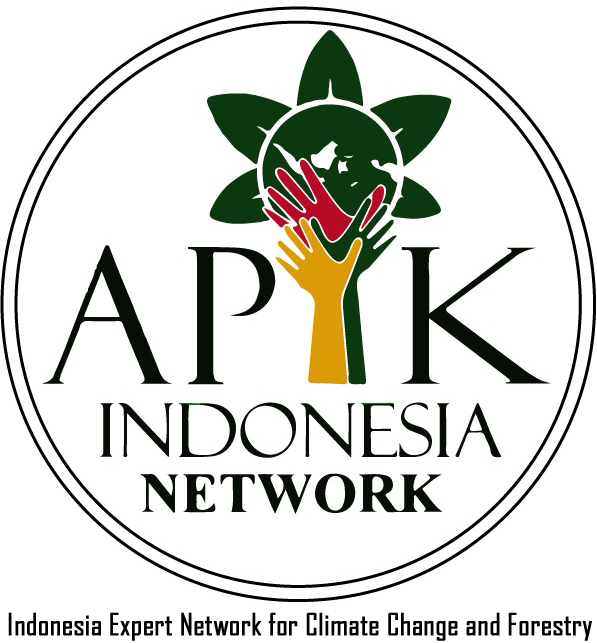The Study of Making Biomass Briquettes from Spent Coffee Ground
Abstract
Keywords
Full Text:
PDFReferences
“Coffee Culture Around the World: A Visual Guide,” Cruise1st Blog, 2018. .
BPS Indonesia, Statistik Kopi Indonesia 2018. Badan Pusat Statistik / BPS – Statistics Indonesia, 2005.
“Indonesia: Coffee consumption TOTAL 2020,” Statistica, 2021. [Online]. Available: https://www.statista.com/statistics/314982/indonesia-total-coffee-consumption/. [Accessed: 10-May-2021].
Debora Laksmi Indraswari (Litbang Kompas), “Rajin Ngopi tapi Belum Rajin Genjot Produksi,” Tutur Visual, 2021. [Online]. Available: https://interaktif.kompas.id/baca/rajin-ngopi/. [Accessed: 10-May-2021].
L. Blinová, M. Sirotiak, A. Bartošová, and M. Soldán, “Faculty of Materials Science and Technology in Trnava Review : Utilization of Waste From Coffee Production,” Res. Pap., vol. 25, no. 40, pp. 91–102, 2017.
Dwi Khusna and J. Susanto, “Pemanfaata Limbah Padat Kopi Sebagai Bahan Bakar Alternatif Dalam Bentuk Briket Berbasis Biomass (Studi Kasus di PT. Santos Jaya Abadi Instan Coffee),” Semin. Nas. Sains dan Teknol. Terap. III 2015, Inst. Teknol. Adhi Tama Surabaya, pp. 247–260, 2015.
L. Vinet and A. Zhedanov, “PEMBUATAN PELET DARI SERBUK LIMBAH KAYU MENGGUNAKAN ALAT PENGEMPA DAN CETAK SEDERHANA,” J. Phys. A Math. Theor., vol. 44, no. 8, p. 2019, 2011, doi: 10.1088/1751-8113/44/8/085201.
E. U. A. Alpian, Raynold Panjaitan, Adi Jaya, Yanciluk, Wahyu upriyati, “document.pdf,” Agri Peat, vol. 7, 2020.
Menteri Energi Dan Sumber Daya Nineral, “Memtem energi dam sumber daya,” INDONESIA, 047, 2006.
B. Setiawan, D. A. Himawanto, E. P. Budiana, and P. Joko, “Analisa thermograbimetric pada Limbah pertanian,” J. Penelit. dan Pengabdi. Masy., vol. 4, pp. 49–56, 2016.
nugrahani primary Putri and suprapto nadi, Buku Panduam Praktikum Dasar 1. 2019.
Mirnawati, “PENGARUH KONSENTRASI PEREKAT GETAH PINUS TERHADAP NILAI KALOR PEMBAKARAN PADA BIOBRIKET SEKAM PADI DENGAN TEMPURUNG KELAPA,” UIN Alauddin Makassar, 2012.
Badan Standarisasi Nasional, “Metode Pengujian Kadar Air Agregat. SNI 03–1971–1990,” Badan Standarisasi Nas. Jakarta, 1990.
Fitria, “Penyusunan standar operasional prosedur (SOP) analisa kimia proksimat batubara,” J. Chem. Inf. Model., vol. 53, no. 9, pp. 1689–1699, 2013.
“T Test (Student’s T-Test): Definition and Examples,” Statistics How To. [Online]. Available: https://www.statisticshowto.datasciencecentral.com/probability-and-statistics/t-test/. [Accessed: 25-May-2021].
C. Rica and E. Salvador, “Consumo Mundial de Café,” Int. Coffe Organ., vol. febrary, p. 2019, 2021.
E. SINURAT, “STUDI PEMANFAATAN BRIKET KULIT JAMBU METE DAN TONGKOL JAGUNG SEBAGAI BAHAN BAKAR ALTERNATIF,” Universitas Hasanuddin, 2011.
A. Masturin, “Sifat Fisik Dan Kimia Dari Campuran Arang Limbah Gergajian Kayu,” Institute Pertanian Bogor, 2002.
S. Artati, Wahyu Kusuma and R. D. Noriyanti, “Kajian eksperimental terhadap karakteristik pembakaran briket limbah ampas kopi instan dan kulit kopi,” J. Tek. POMITS, pp. 1–6, 2012.
Sudrajat, “Penelitian Pembuatan Briket Arang dari Batang dan Tempurung Kelapa,” Lokakarya Energi Nas., 1985.
A. Triono, “Karakteristik Briket Arang Dari Campuran Serbuk gergajian Kayu Afrika Dan Sengon Dengan Penambahan Tempurung Kelapa,” Institut Pertanian Bogor, 2006.
Y. H. Lucky Budiawan, Bambang Susilo, “Pembuatan Dan Karakterisasi Briket Bioarang Dengan Variasi Komposisi Kulit Kopi,” PEMBUATAN DAN KARAKTERISASI Briket BIOARANG DENGAN VARIASI KOMPOSISI KULIT KOPI. J. Bioproses Komod. Trop. Vol. 2, No. 2. 2014. Hal 152-160., vol. 2, no. 2, pp. 152–160, 2014.
DOI: http://dx.doi.org/10.33021/jenv.v7i1.1522
Copyright (c) 2022 Ramadhani Fithratullah

This work is licensed under a Creative Commons Attribution-ShareAlike 4.0 International License.
Journal of Environmental Engineering and Waste Management Published by PresUniv Press, in collaboration with IESA and APIK Indonesia Network




